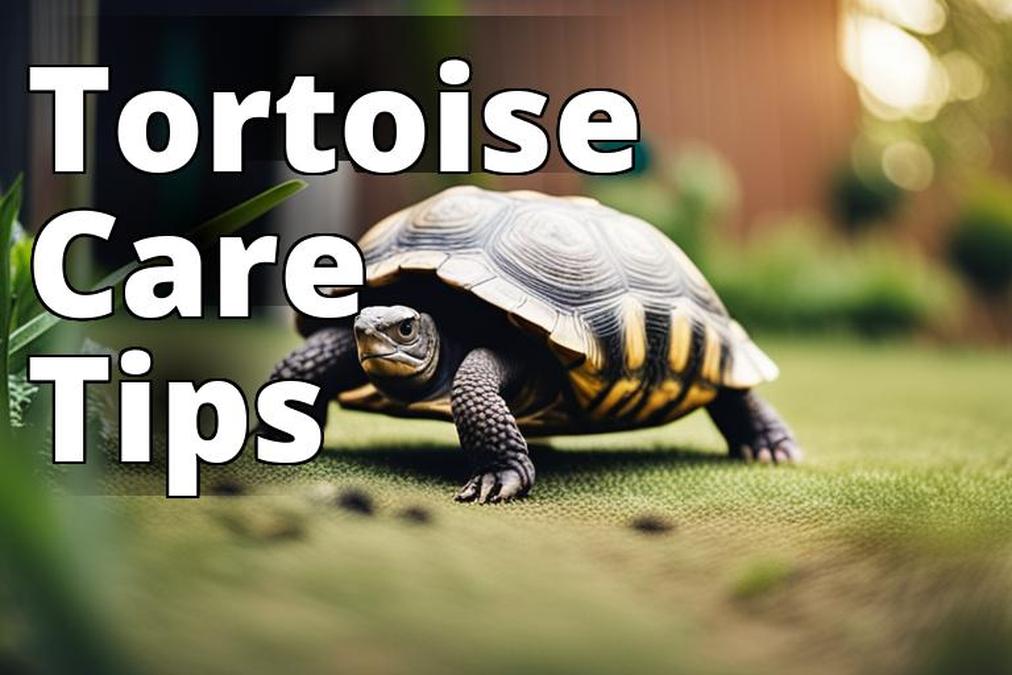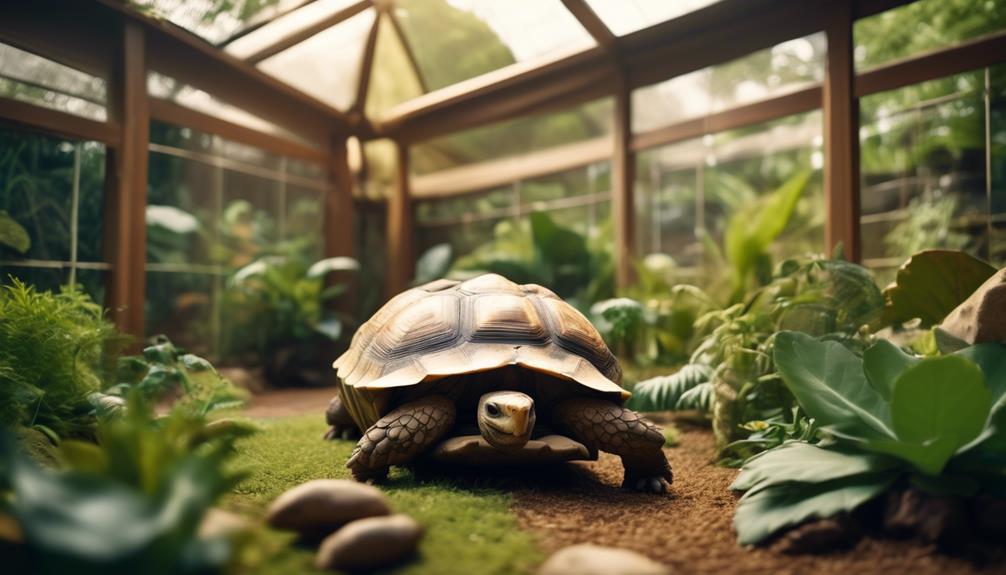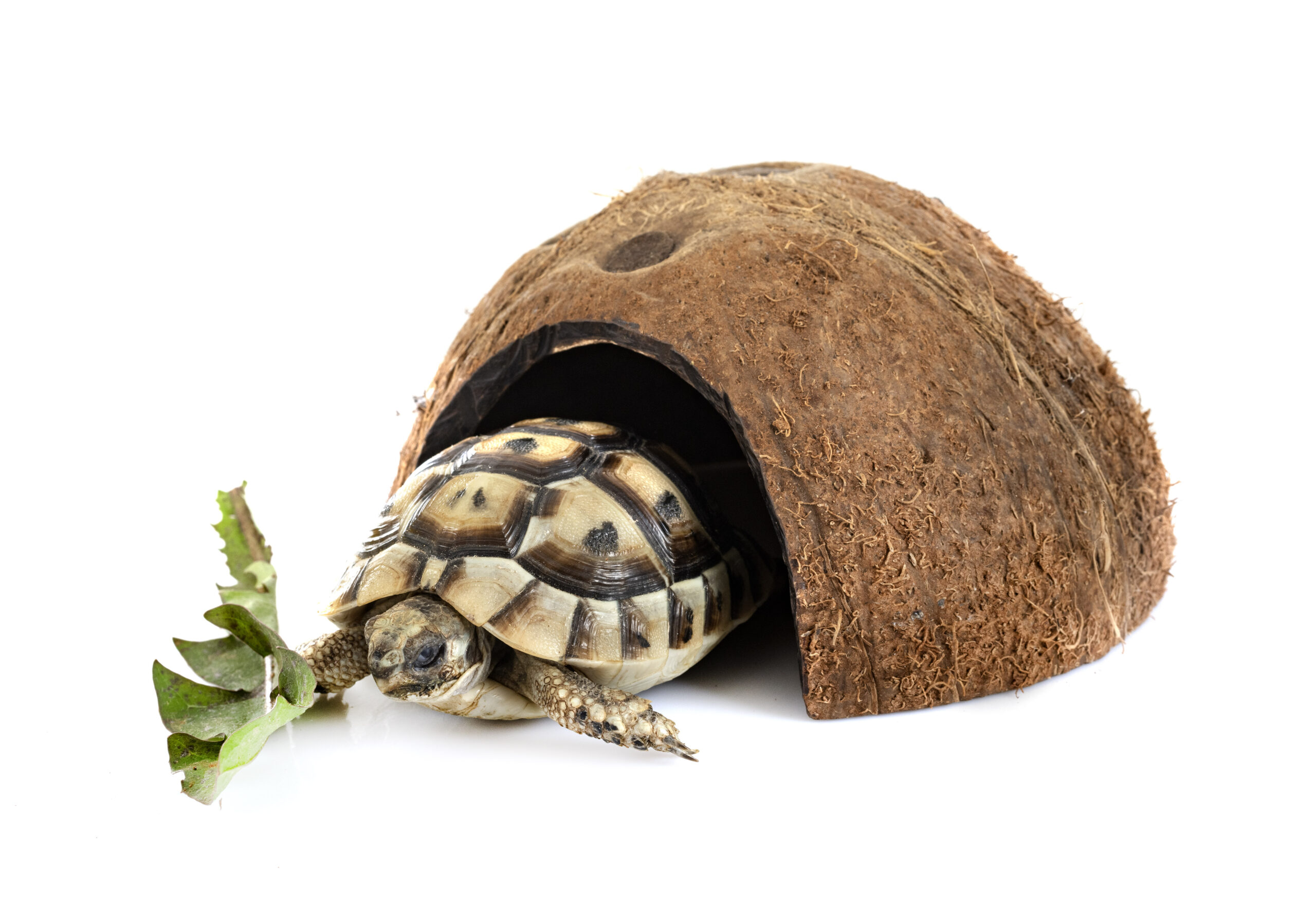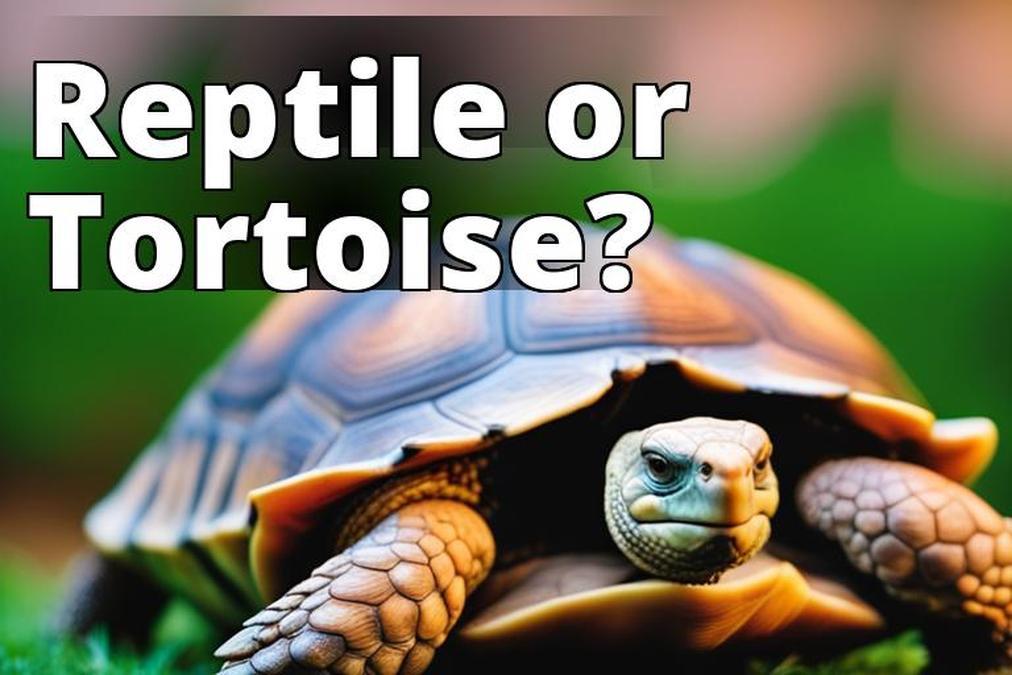Tortoises make excellent pets due to their docile nature, unique personality, and long lifespan. But are tortoise friendly? The answer is yes, they are friendly and can make great companions, but it’s crucial to create a safe, comfortable environment for your pet. Here are ten ways to ensure your home and garden are tortoise-friendly.

The Importance of a Tortoise-Friendly Environment
A tortoise’s environment is crucial to their overall health and well-being. They are cold-blooded animals that rely on their surroundings to regulate their body temperature. A poorly constructed enclosure or inadequate lighting can lead to health problems such as respiratory infections, metabolic bone disease, and shell rot.
Ways to Ensure Your Home and Garden are Tortoise Friendly
- Creating a secure enclosure for tortoise
- Providing the right balance of food and nutrients
- Regular cleaning and maintenance of the living environment

Creating a Safe Space for Your Tortoise
1. Providing a Secure Enclosure
A tortoise’s enclosure should provide a secure and comfortable living space. The enclosure should be large enough to allow the tortoise to move around freely. There are two types of enclosures for tortoises: indoor and outdoor. The enclosure’s material should be able to withstand harsh weather conditions if it’s outdoor, and the indoor enclosure can be made from a variety of materials such as wood, plastic, or glass. When designing your tortoise’s habitat, it is essential to mimic their natural environment.
2. Adequate Space for Your Tortoise to Move Around
Tortoises require ample space to move around and exercise. The size of the enclosure should be determined by the size of the tortoise. An enclosure that is too small can lead to health problems such as obesity and stunted growth.

3. Monitoring the Temperature, Humidity, and Lighting Conditions
Tortoises require specific temperature, humidity, and lighting conditions to ensure their well-being. The temperature should be between 80-85°F during the day and slightly cooler at night. Humidity levels should be between 50-60%. Tortoises also require access to UVB lighting to help them synthesize vitamin D3, which is essential for healthy shell growth.

Feeding Your Tortoise
4. Understanding Your Tortoise’s Dietary Needs
Tortoises are herbivores and require a diet that is high in fiber and low in protein. The type of food your tortoise requires depends on its species. It is essential to research your tortoise’s dietary needs and provide them with a variety of foods.
5. Providing the Right Balance of Food and Nutrients
Tortoises require a balanced diet that includes leafy greens, vegetables, and fruit. It is essential to provide your tortoise with a variety of foods to ensure they receive all the necessary nutrients.
6. Avoiding Foods That Can Be Harmful to Your Tortoise
Some foods can be harmful or toxic to tortoises. Foods to avoid include avocado, rhubarb, and spinach. It is essential to research which foods are safe for your tortoise and avoid feeding them harmful foods.
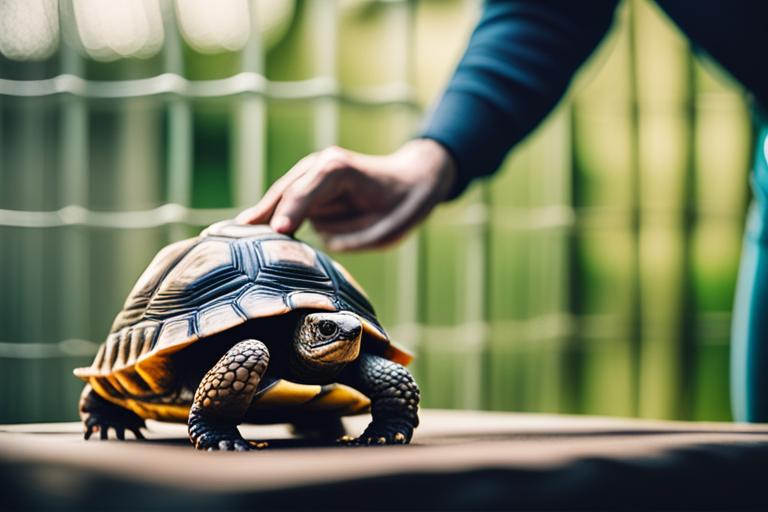
Maintaining a Clean Living Environment for Your Tortoise
7. Regular Cleaning and Maintenance
A clean living space is essential for your tortoise’s health and well-being. The enclosure should be cleaned regularly to remove waste and bacteria. Failure to clean the enclosure can lead to health problems such as respiratory infections and shell rot.
8. Using Safe Cleaning Products
When cleaning your tortoise’s enclosure, it is essential to use safe cleaning products. Avoid using harsh chemicals that can be harmful to your tortoise. Instead, use mild soap and water or a vinegar and water solution.
9. Keeping Your Tortoise’s Living Space Hygienic
In addition to regular cleaning, it is essential to keep your tortoise’s living space hygienic. This includes providing fresh water daily, removing uneaten food, and changing substrate regularly.
Personal Story: The Importance of Regular Health Checkups
One summer, my tortoise, Toby, wasn’t acting like himself. He seemed lethargic and was barely eating. Worried, I took him to the vet for a checkup. The vet discovered that Toby had a respiratory infection, which is common in tortoises. Luckily, we caught it early enough that it could be treated with antibiotics.
After a few weeks of medication, Toby was back to his normal self. I was so grateful that I had taken him to the vet when I did. If I had waited any longer, the infection could have spread and caused serious health issues for Toby.
This experience taught me the importance of regular health checkups for tortoises. Even if they seem healthy, it’s important to have them examined by a vet at least once a year. The vet can check for any underlying health issues and catch them early before they become more serious.
As a responsible tortoise owner, I now make it a priority to take Toby to the vet for annual checkups. It gives me peace of mind knowing that he’s in good health and that any potential health issues will be caught early.
Ensuring Proper Care and Attention for Your Tortoise
10. Regular Health Checkups with a Vet
Tortoises require regular health checkups with a veterinarian. A vet can check for health problems and provide advice on how to care for your tortoise properly. It is important to find a vet who specializes in reptiles.
| Tip | Description |
|---|---|
| 1 | Observe your tortoise’s eating habits and make sure they are eating regularly and not showing signs of appetite loss or overeating. |
| 2 | Check your tortoise’s activity level and make sure they are moving around their enclosure and not lethargic. |
| 3 | Inspect your tortoise’s shell regularly to ensure there are no cracks, chips, or discoloration. |
| 4 | Monitor your tortoise’s breathing and make sure they are not showing signs of respiratory problems such as wheezing or gasping. |
| 5 | Keep an eye on your tortoise’s eyes and make sure they are bright and clear. Cloudy or swollen eyes can be a sign of health problems. |
| 6 | Take note of any changes in behavior such as hiding or aggression, which can be a sign of stress or illness. |
| 7 | Schedule regular check-ups with a veterinarian who specializes in reptiles to ensure your tortoise is healthy and receiving proper care. |
| 8 | Keep a record of your tortoise’s health and behavior to track any changes and report them to your vet. |
11. Monitoring Your Tortoise’s Behavior and Physical Health
As a responsible tortoise owner, it is essential to monitor your tortoise’s behavior and physical health. This includes observing their eating habits, activity level, and shell condition. Any changes in behavior or physical health should be reported to your veterinarian.
12. Providing Adequate Exercise and Stimulation
Tortoises require exercise and stimulation to keep them healthy and happy. Providing a variety of toys and hiding places in their enclosure can help stimulate their minds. It is also important to allow your tortoise regular access to outdoor space to exercise.
Tips for Being a Responsible Tortoise Owner
13. Understanding the Laws and Regulations Surrounding Tortoise Ownership
Before owning a tortoise, it is essential to understand the laws and regulations surrounding tortoise ownership. Some species of tortoises are protected by law, and owning them without proper permits can lead to legal trouble.
14. Educating Yourself on Tortoise Care and Behavior
As a responsible tortoise owner, it is essential to educate yourself on tortoise care and behavior. This includes researching their dietary needs, housing requirements, and health concerns. By educating yourself, you can ensure that you are providing the best possible care for your tortoise.
15. Treating Your Tortoise with Love and Respect
Tortoises are beloved pets, and they deserve to be treated with love and respect. As a responsible tortoise owner, it is essential to provide your pet with a safe and comfortable living space and give them the attention they deserve.
Conclusion
Creating a tortoise-friendly environment involves providing a secure enclosure, maintaining a clean living space, feeding your tortoise a healthy diet, and ensuring proper care and attention. By following these practices, you can ensure your tortoise lives a long and happy life. As a responsible tortoise owner, it is essential to understand the laws and regulations surrounding tortoise ownership, educate yourself on tortoise care and behavior, and treat your tortoise with love and respect.
Frequently Asked Questions
Q.Who can I ask for advice on whether my home is suitable for a tortoise?
A.You can ask a veterinarian or a reptile specialist for advice.
Q.What should I consider before getting a tortoise as a pet?
A.You should consider their living space, diet, and lifespan.
Q.How can I create a tortoise-friendly environment in my home?
A.You can create a habitat that mimics their natural environment.
Q.What are some common misconceptions about keeping tortoises as pets?
A.One common misconception is that they don’t require much attention.
Q.How can I ensure my tortoise stays healthy and happy?
A.You should provide a balanced diet, proper living space, and regular check-ups.
Q.Isn’t it difficult to take care of a tortoise?
A.While it requires some effort, it’s not overly difficult if you do your research and provide proper care.

